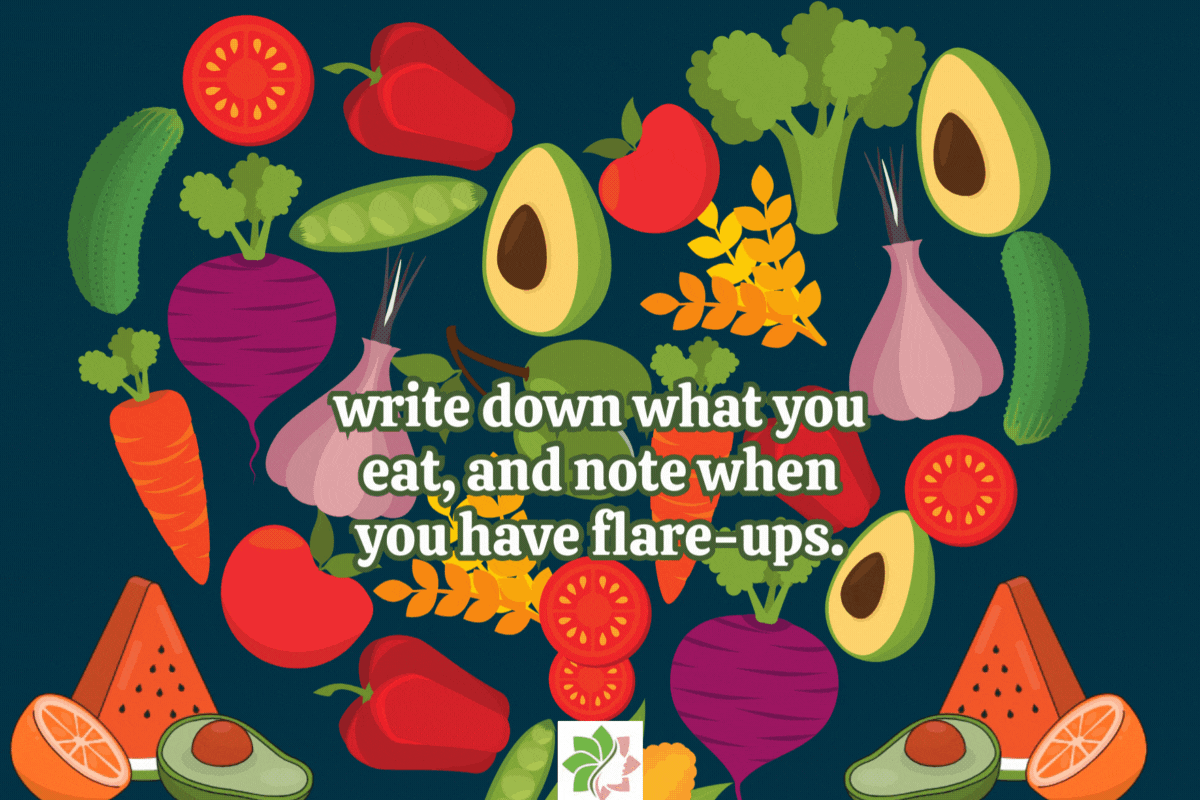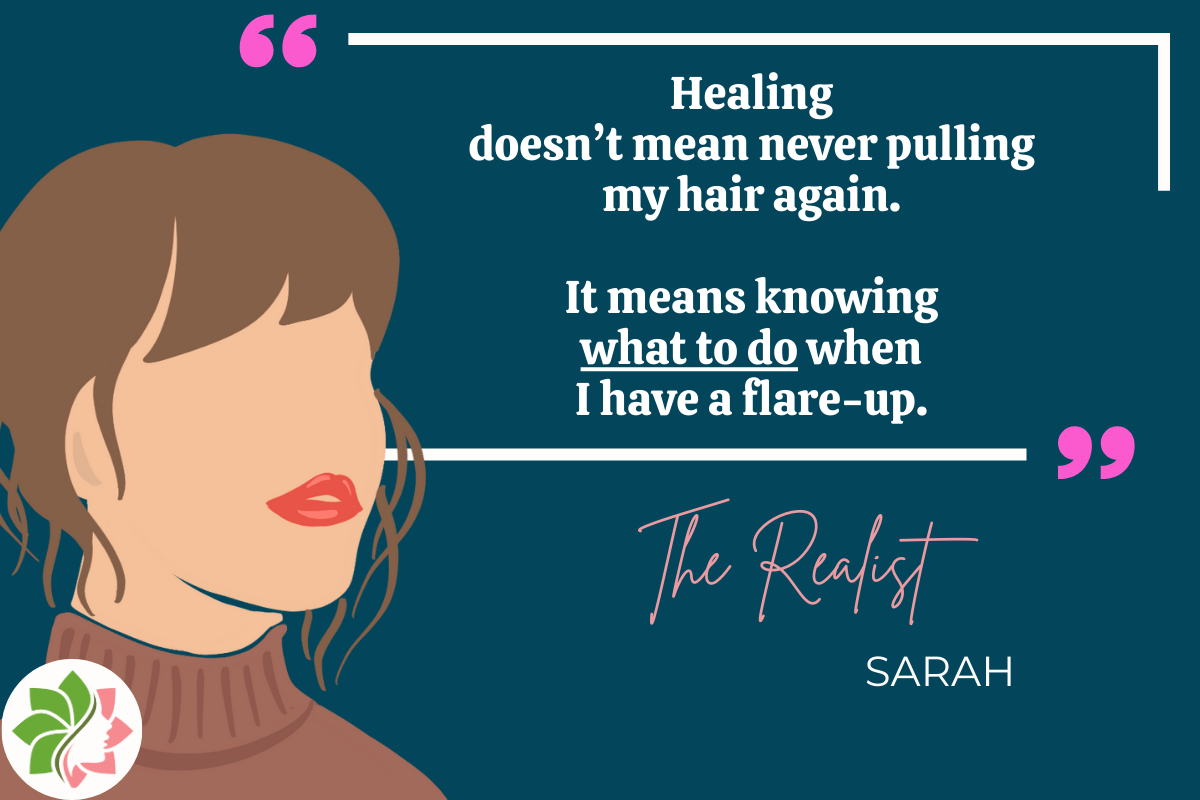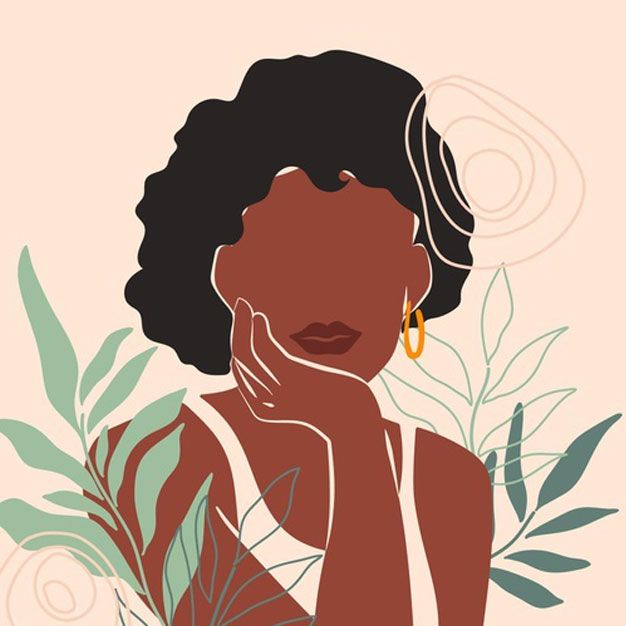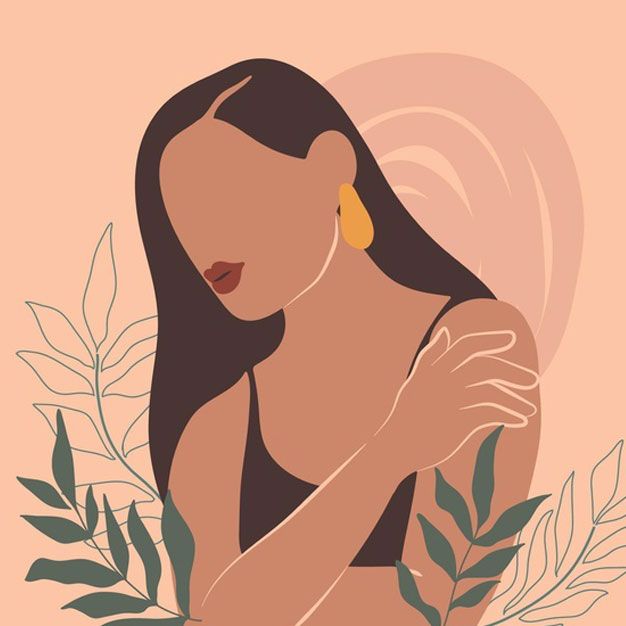Did you know
that the food you eat could be playing a role in your hair-pulling urges? There
is a growing amount of clinical evidence that food allergies, food sensitivities,
and inflammation contributes to the severity of hair-pulling urges.
Let’s take
a closer look at how certain foods may be triggering flare-ups, and how diet
changes can help you identify and reduce potential dietary triggers for chronic
hair pulling.
Food allergies
occur when the immune system reacts negatively to certain foods, causing
inflammation in the body. For some people with trichotillomania, this
inflammation can exacerbate underlying stress and anxiety, making them more
likely to pull their hair.
One of the
most common triggers for TTM flare-ups appears to be yeast and foods that
increase glutamate levels in the body. Foods like gluten, soy, and processed
sugars can worsen gut health and lead to increased inflammation, which in turn
can trigger hair-pulling urges.
But that’s not
all.
Many women with trichotillomania also have related gut health issues, such
as celiac disease, irritable bowel syndrome (IBS), or Crohn’s disease, further
increasing the likelihood of gut inflammation and hair-pulling urges.
Foods That Increase Hair-Pulling Urges
Certain foods
have been identified as potential triggers for hair-pulling behavior due to
their effects on glutamate levels, yeast overgrowth, or inflammation. Here are
some common culprits:
- Gluten (found
in wheat, barley, and rye)
- Processed
sugars (including high-fructose corn syrup and dextrose)
- Soy products
(tofu, soy milk, soy lecithin)
- Yeast-containing
foods (bread, beer, vinegar-based foods)
- Dairy products
(especially those high in lactose)
- Artificial
sweeteners (such as aspartame and sucralose)
- MSG
(Monosodium Glutamate) (often found in processed and fast foods)

The link
between gut health and trichotillomania is becoming increasingly clear.
Approximately 95% of serotonin—a neurotransmitter
that regulates mood and impulse control—is produced in the gastrointestinal (GI) tract. If your gut is inflamed due to food sensitivities, it may
disrupt serotonin production, leading to increased stress, anxiety, and
hair-pulling urges.
When women with
trichotillomania also have gut health disorders like celiac disease, IBS, or
Crohn’s disease, it can cause inflammation and worsen TTM symptoms. Getting
tested for food allergies or sensitivities, and working on reducing
inflammation, can help lower the frequency of TTM flare-ups.
Keeping a
detailed food journal can be an incredibly valuable tool in identifying what
might be triggering your hair-pulling urges. Here’s how you can effectively
journal foods and flare-ups to get a clearer picture of how your diet may be
influencing your TTM:
1. Record Your
Food Intake
Write down
everything you eat and drink throughout the day, including meals, snacks,
beverages, and any supplements. Make sure to note portion sizes, ingredients,
and any new or unusual foods you try.
2. Monitor
Your Symptoms
Track your
hair-pulling urges, including how often they occur, how intense they are, and
what triggers seem to make them worse. Also, note any emotional changes, such
as stress, anxiety, or mood swings, as these could be related to your diet.
3. Look for
Patterns
Review your
journal regularly to identify any patterns. Do you notice flare-ups after
eating certain foods? Do you feel calmer and have fewer urges when you avoid
certain foods? These patterns can help you figure out what’s triggering your
TTM.
4. Experiment
with Elimination
Once you’ve
identified potential trigger foods, consider trying an elimination diet. Remove
those foods from your diet for a few weeks, then gradually reintroduce them one
at a time. Monitor your symptoms closely to see how your body reacts.
5. Seek Professional
Guidance
Consult with a
registered dietitian, allergist, or functional medicine practitioner for
personalized guidance. They can help you interpret your journal, run tests for
food allergies or sensitivities, and create a nutrition plan that supports your
trichotillomania management.

Keeping a food
and symptom journal gives you the power to understand your body better and make
informed decisions about your diet. By identifying food triggers, you can take
proactive steps to reduce inflammation, manage stress, and lower your
hair-pulling urges.
Remember, you don’t have make this effort alone!
Collaborating with healthcare professionals and using the supportive community
at HFHP can make a big difference in your journey to healing.
Here’s a list
of common trigger foods that can increase hair-pulling urges, along with
healthier alternatives:
Trigger Food Healthy Alternative
- Gluten (bread,
pasta) Gluten-free grains (quinoa,
rice)
- Dairy (milk,
cheese) Coconut milk, almond milk
- Processed
sugars Natural sweeteners
(honey, stevia)
- Soy products Almond
butter, sunflower butter
- Yeast-based
foods Yeast-free breads,
gluten-free oats

At HFHP, we
understand how challenging it can be to manage trichotillomania. That’s why
we’ve created a downloadable guide to help you find a TTM-informed nutritionist
or dietitian who can support you in identifying food allergies or
sensitivities.
Included in our self-help course below, the guide also includes
tips on elimination diets and gut-healing foods to reduce inflammation and help
manage hair-pulling urges.
If you’re
ready to take control of your TTM symptoms, download our guide today, with our
fantastic tips on how to identify food triggers, reduce inflammation, and find
professional support that’s right for you.
At Healing
from Hair Pulling, we’re here to support you through every step of your healing
journey. Our programs are designed to help you build confidence, manage stress,
and reduce hair-pulling urges — all while surrounded by people who understand
and care about you.
Join UnTrick
Yourself™, our peer-led, evidence-based program designed to help women with
trichotillomania. Together, we’ll explore how improving your diet, reducing
inflammation, and managing emotional triggers can help you regain control. With
our supportive community and practical tools, you’ll never have to go through
this journey alone.
Join us at healingfromhairpulling.com
and take the first step on your journey toward healing. Together, let’s find
what works best for you!
Grant, J. E., Chamberlain, S. R., & Odlaug, B. L. (2021).
Glutamatergic agents in the treatment of trichotillomania. CNS Drugs, 35(3),
235-243. https://doi.org/10.1007/s40263-021-00788-1
Hata, T., & Katayama, K. (2021). The role of probiotics in
managing anxiety and depression through gut-brain modulation. Frontiers in
Psychiatry, 12, 671-682. https://doi.org/10.3389/fpsyt.2021.671682
Meyer, J., Anderson, G., & Blachier, F. (2022). Gut-brain axis in
trichotillomania: Exploring the role of gut microbiota in inflammation and
compulsive symptoms. Journal of Psychiatric Research, 142, 78-87. https://doi.org/10.1016/j.jpsychires.2022.03.015
Yang, L., Wang, S.,
& Duan, W. (2022). Dysbiosis and gut inflammation in trichotillomania: A
potential link. Neuroscience & Biobehavioral Reviews, 134, 1047-1058. https://doi.org/10.1016/j.neubiorev.2021.11.016








